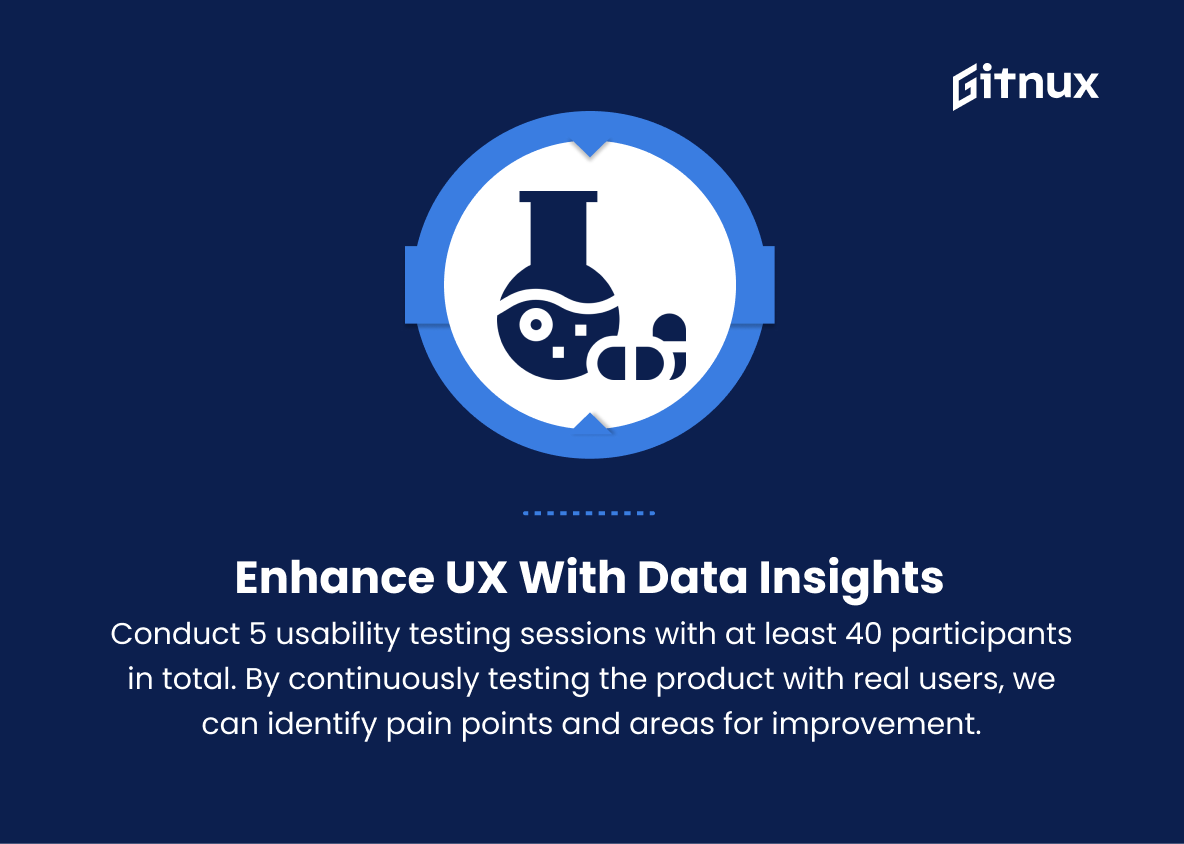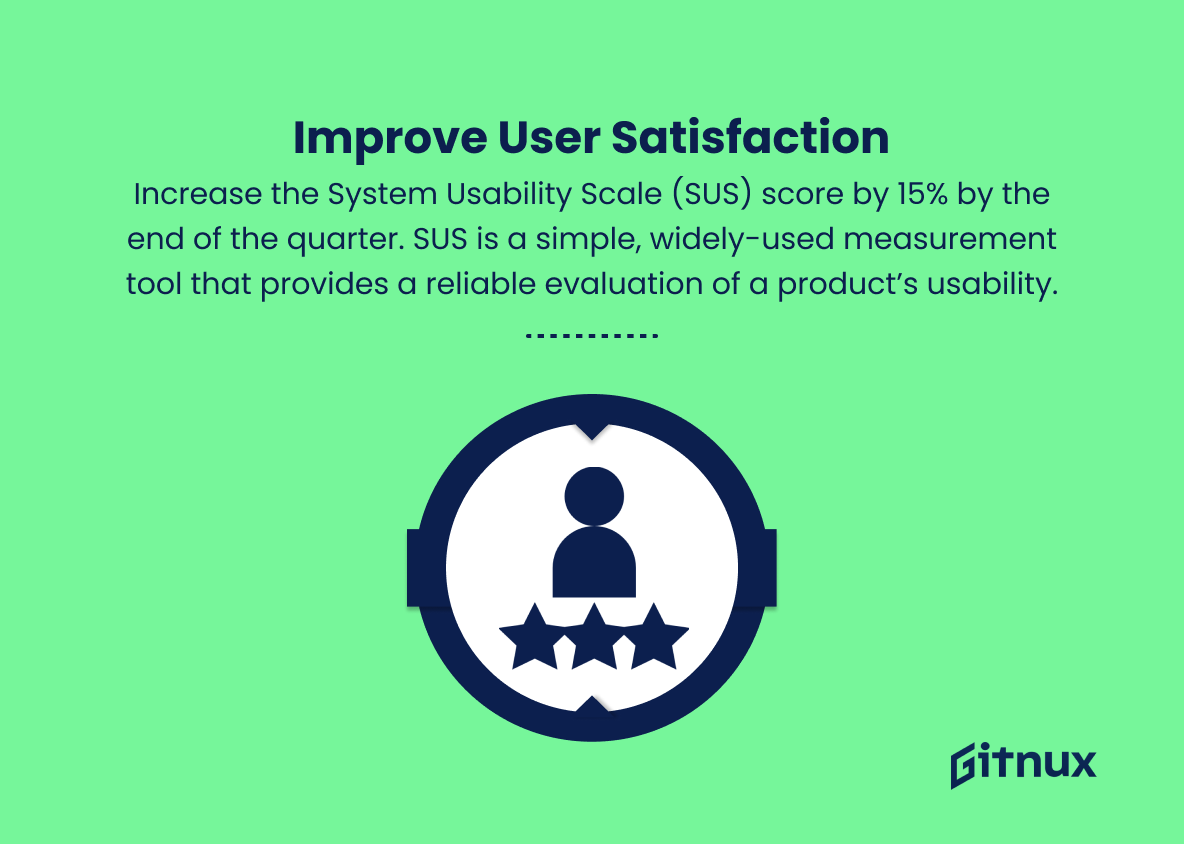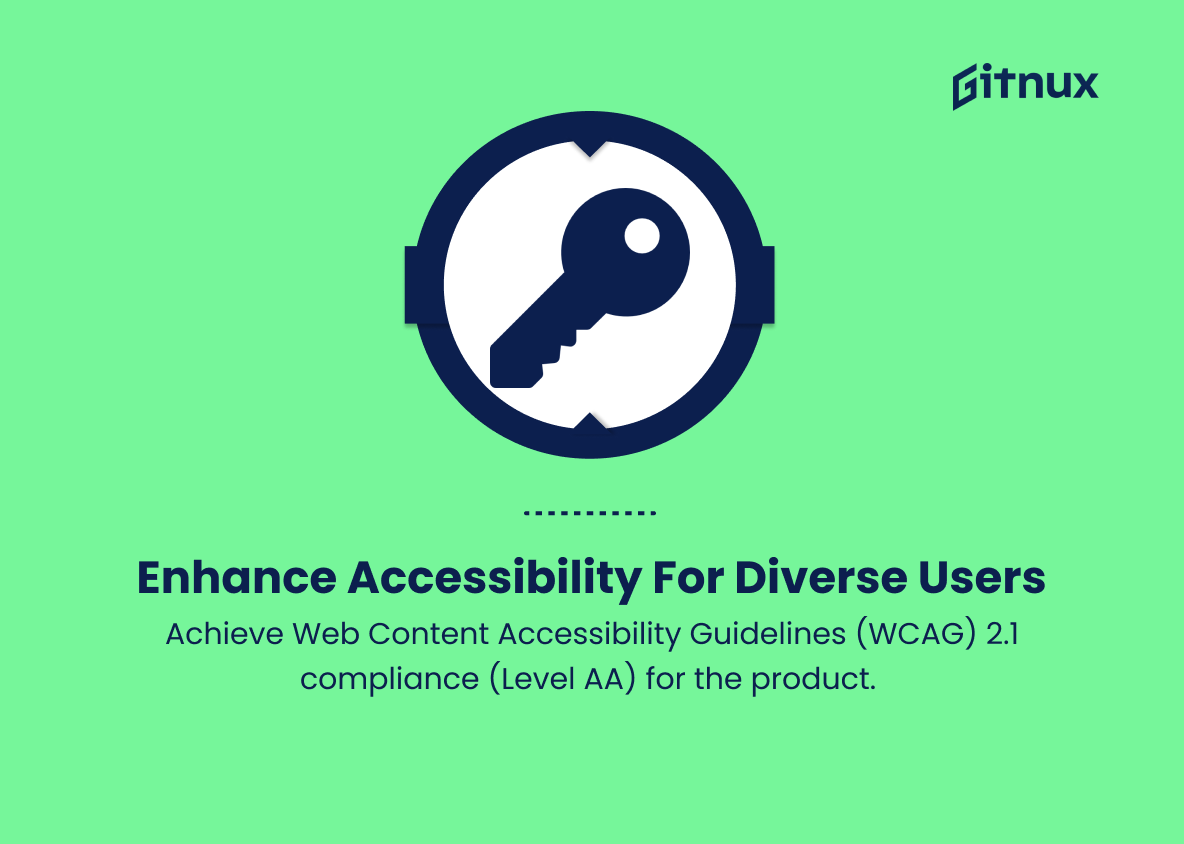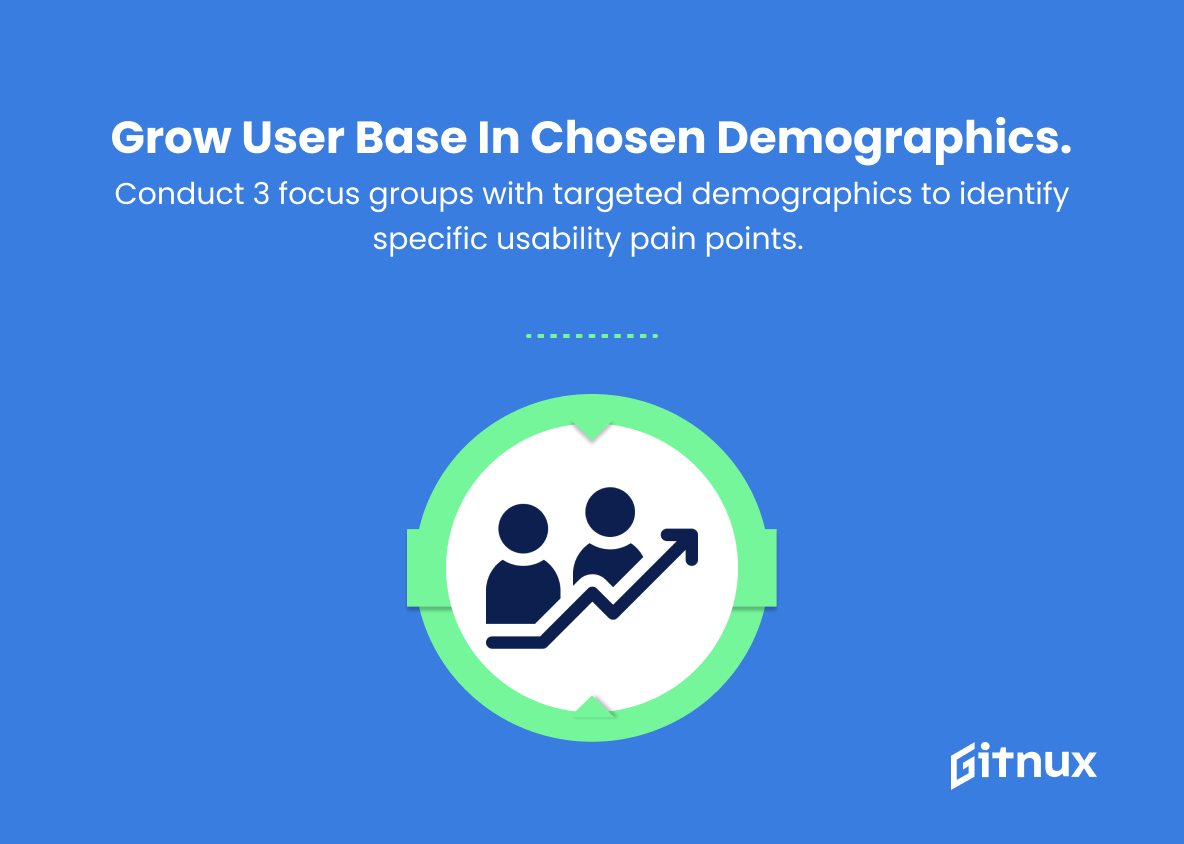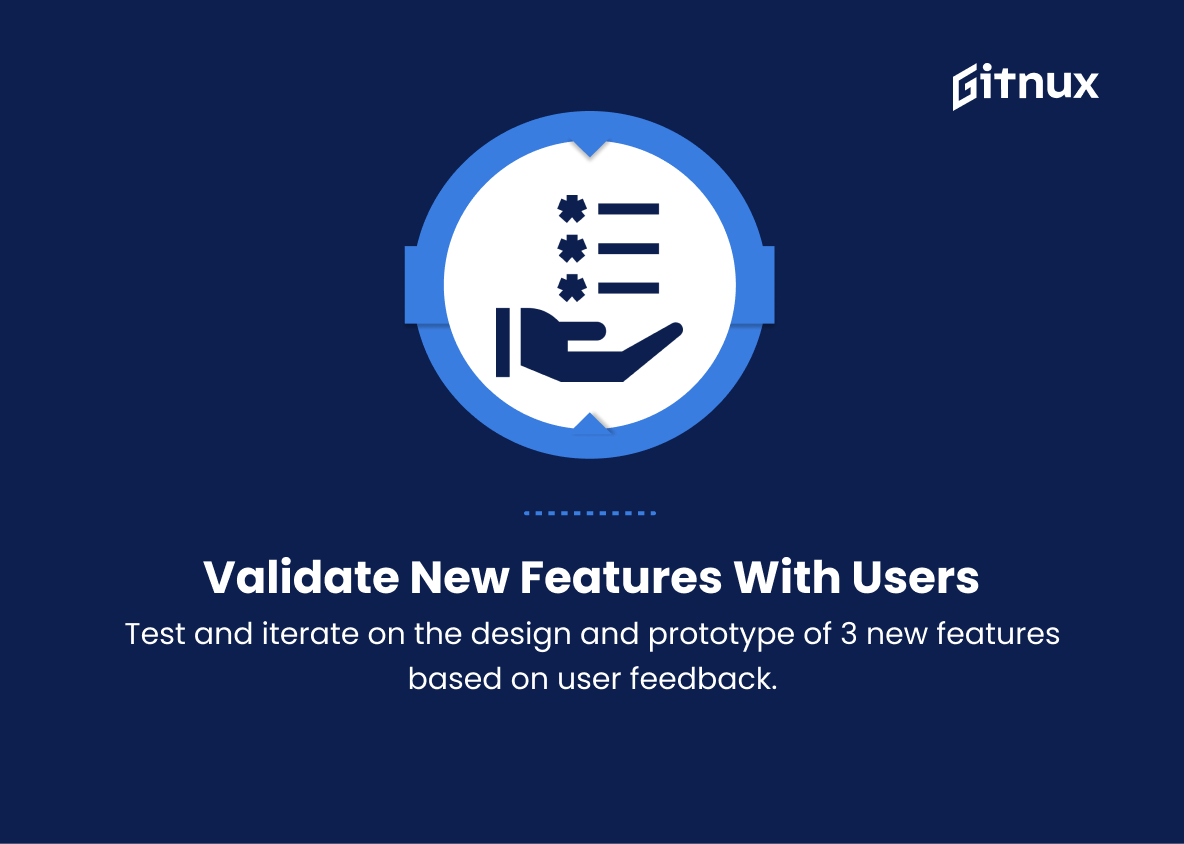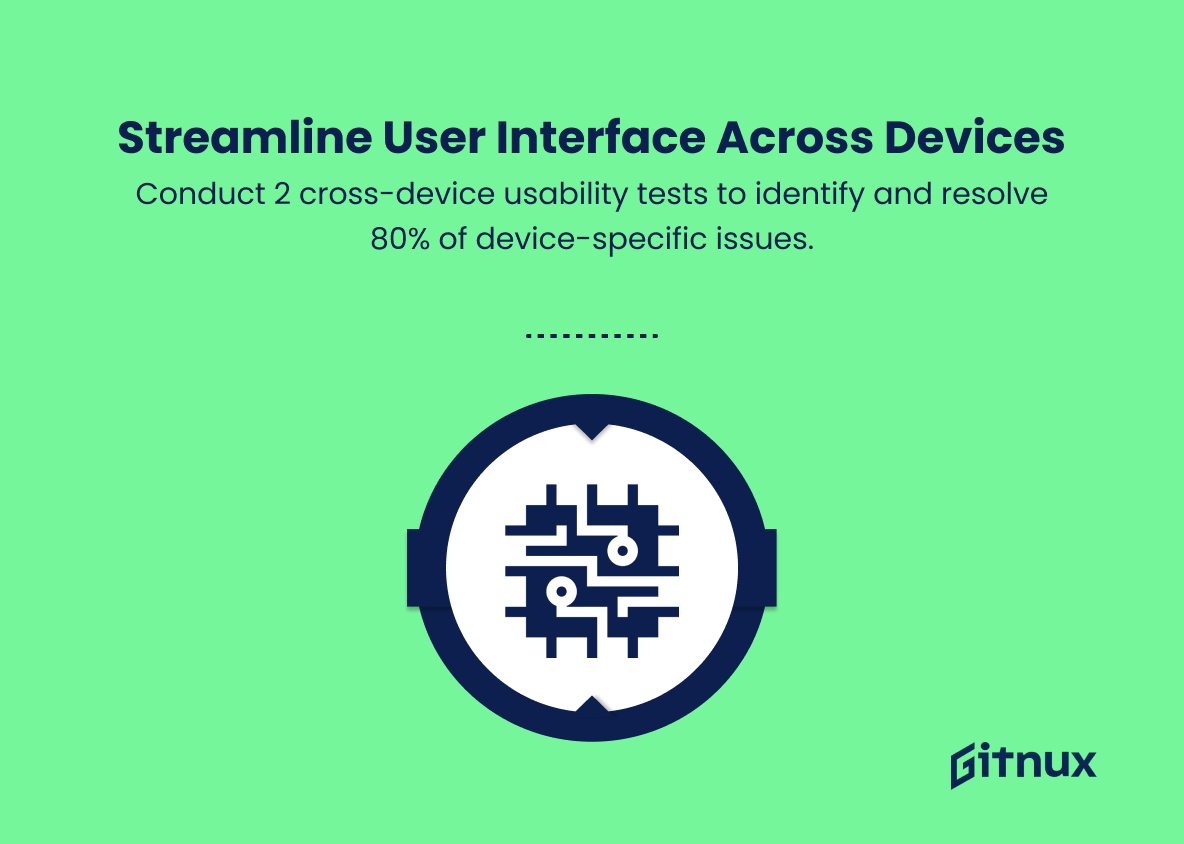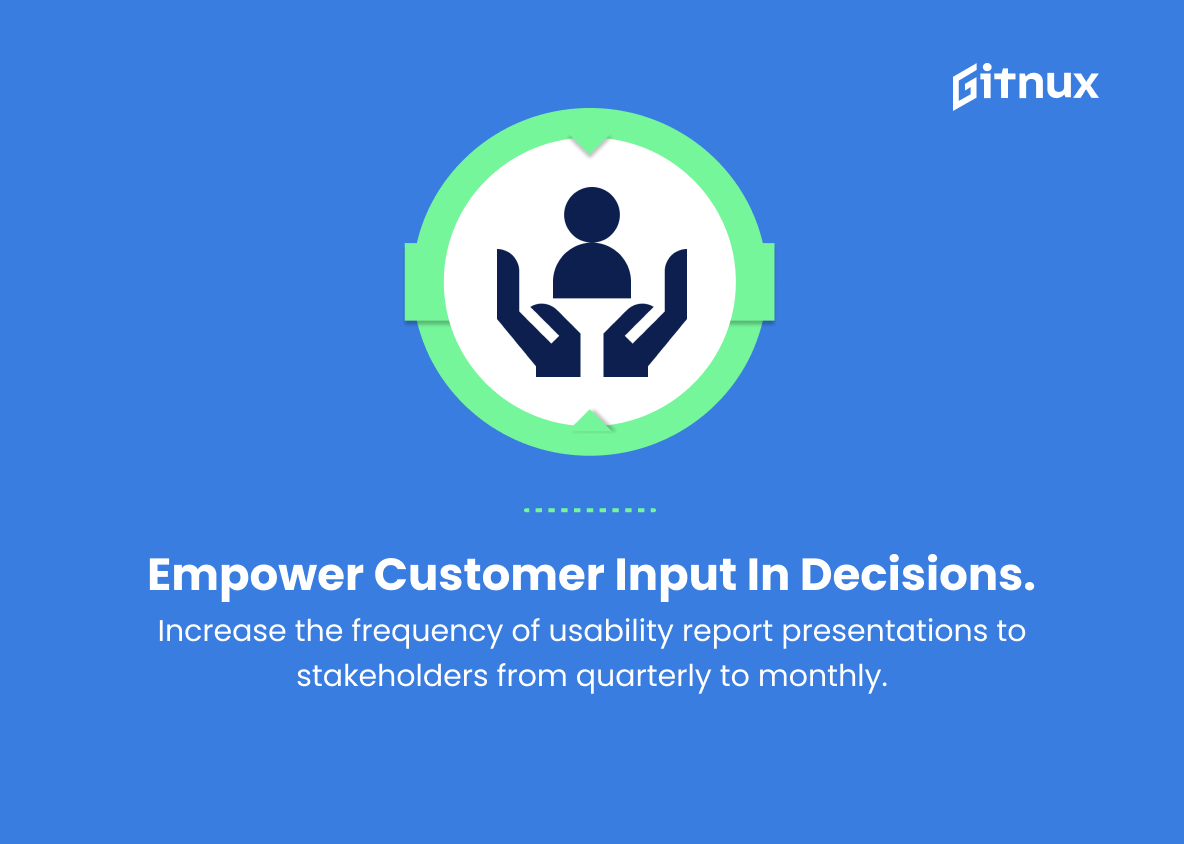In today’s technology-driven world, user experience (UX) has become a critical component in the success of any digital product or service. Businesses and organizations must continuously strive to create products that cater to the needs, preferences, and expectations of their target audience. One effective way to achieve this is through UX Research OKRs (Objectives and Key Results) – a performance measurement framework that helps align research efforts with organizational goals and priorities.
In this blog post, we will explore the importance of UX Research OKRs, how to create them, and how your organization can leverage them to ensure a seamless and engaging user experience across all touchpoints. Join us as we delve into this essential aspect of UX research, one that can ultimately drive both customer satisfaction and business growth.
Essential Ux Research Okrs
1. Objective: Enhance user experience through data-driven insights
Key Result 1: Conduct 5 usability testing sessions with at least 40 participants in total
Explanation: By continuously testing the product with real users, we can identify pain points and areas for improvement.
2. Objective: Improve user satisfaction
Key Result 1: Increase the System Usability Scale (SUS) score by 15% by the end of the quarter
Explanation: SUS is a simple, widely-used measurement tool that provides a reliable evaluation of a product’s usability.
3. Objective: Increase user engagement
Key Result 1: Reduce user task completion time by 20% across all core functions
Explanation: Simplifying and streamlining complex tasks can help users feel more comfortable, leading to increased engagement.
4. Objective: Optimize onboarding process for new users
Key Result 1: Increase user retention rate by 10% after the first week of onboarding
Explanation: By conducting research on the onboarding process, the UX team can identify areas of friction and make necessary improvements.
5. Objective: Enhance accessibility for diverse users
Key Result 1: Achieve Web Content Accessibility Guidelines (WCAG) 2.1 compliance (Level AA) for the product
Explanation: Ensuring that a product’s interface is accessible to users with disabilities is essential to create an inclusive user experience.
6. Objective: Increase user base in targeted demographics
Key Result 1: Conduct 3 focus groups with targeted demographics to identify specific usability pain points
Explanation: By understanding the unique needs of our targeted users, we can tailor the design for their preferences and expectations.
7. Objective: Validate new features with users
Key Result 1: Test and iterate on the design and prototype of 3 new features based on user feedback
Explanation: Ensuring that new features resonate with users and accommodate their needs will improve adoption rates and user satisfaction.
8. Objective: Streamline user interface across devices
Key Result 1: Conduct 2 cross-device usability tests to identify and resolve 80% of device-specific issues
Explanation: Creating a seamless experience across devices is crucial in today’s market to cater to users’ diverse needs and contexts.
9. Objective: Enhance the voice of the customer in product decisions
Key Result 1: Increase the frequency of usability report presentations to stakeholders from quarterly to monthly
Explanation: Regularly communicating insights from UX research will help ensure that product decisions stay informed by actual user data and feedback.
10. Objective: Create a culture of user-centric product development
Key Result 1: Train 75% of the product team in UX research methods and best practices
Explanation: Bringing the wider team up to speed will ensure that user experience remains at the forefront of product development processes.
Ux Research OKRs Explained
These UX Research OKRs focus on key areas that contribute to creating a high-quality user experience. They emphasize the importance of data-driven insights, user satisfaction, engagement, onboarding, accessibility, targeted demographics, feature validation, consistency across devices, voice of the customer, and a user-centric culture.
By conducting usability testing, increasing System Usability Scale (SUS) scores, reducing task completion time, increasing retention rates, achieving WCAG compliance, gathering feedback from targeted user groups, iterating on new features, resolving device-specific issues, frequently presenting usability reports, and training the product team in UX research, these OKRs ensure that users’ needs and preferences are prioritized in product development. Ultimately, these objectives collectively aim to create a user experience that is satisfying, engaging, and accessible to a diverse range of users.
Conclusion
In summary, UX Research OKRs are vital for businesses to thrive in today’s competitive digital landscape. By investing time and effort in developing clear, measurable, and achievable objectives, organizations can create a customer-focused approach that maximizes user satisfaction, long-term engagement, and overall business growth. Ultimately, a strategic implementation of UX Research OKRs will lead to improved product design, seamless user experiences, and more efficient decision-making. So don’t wait—start setting your UX-centric OKRs now and elevate your company’s overall user experience for unparalleled success.
